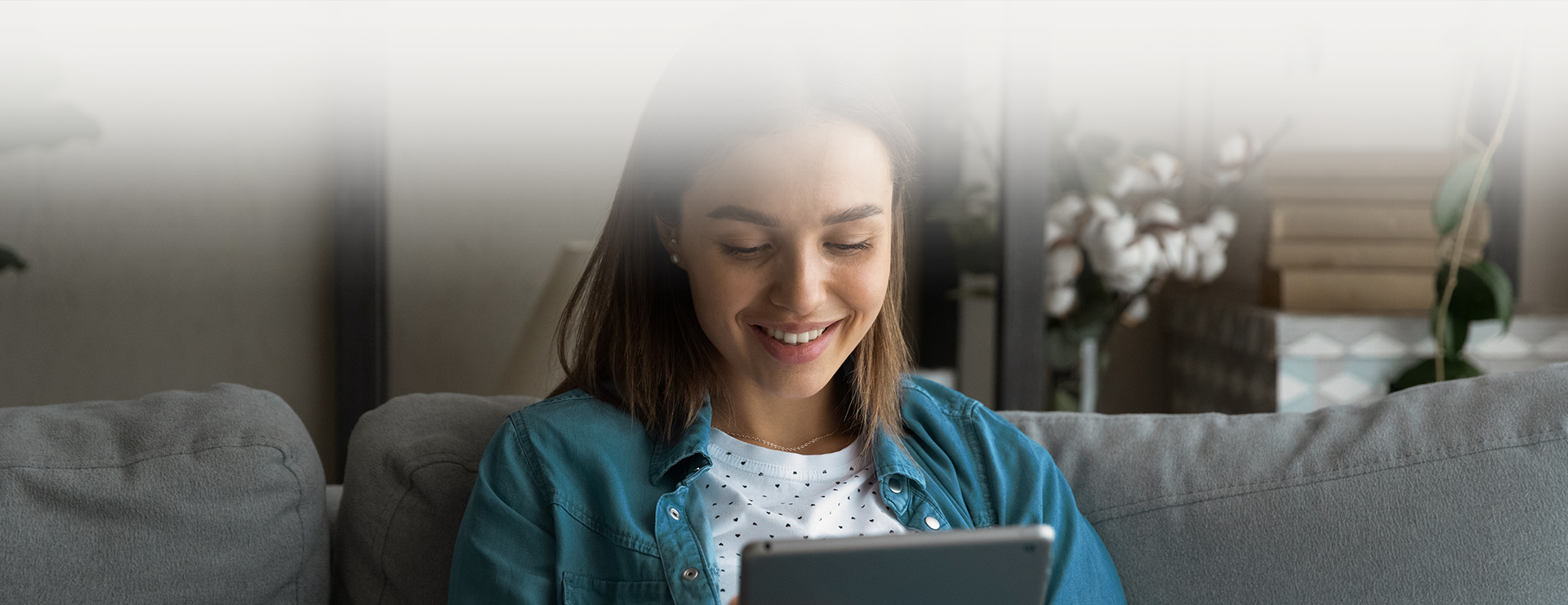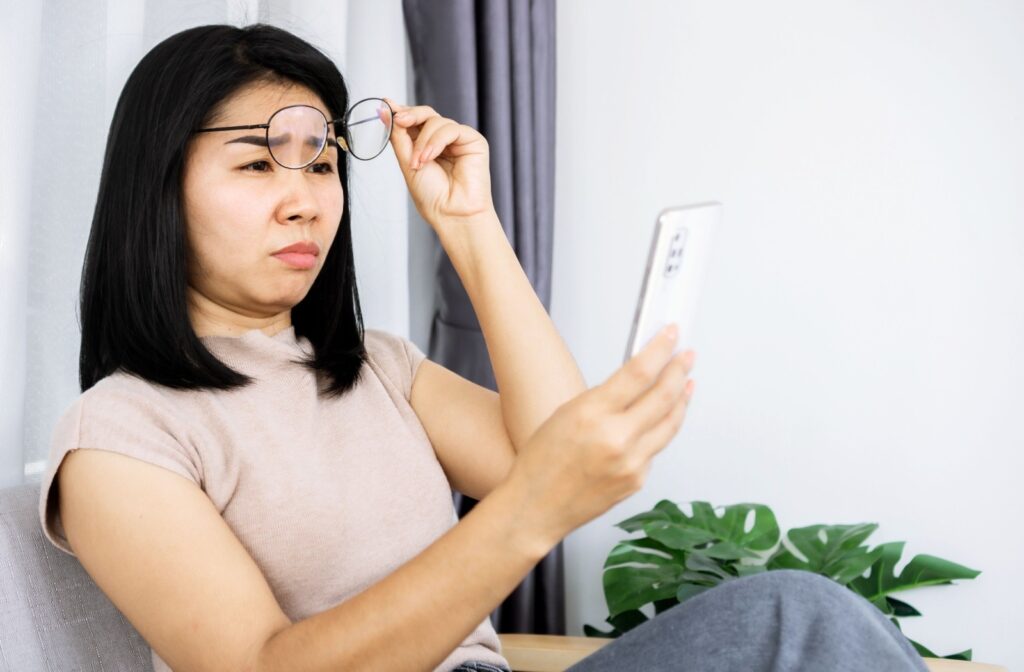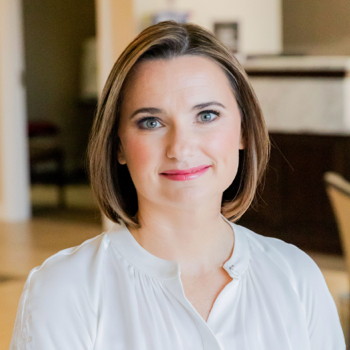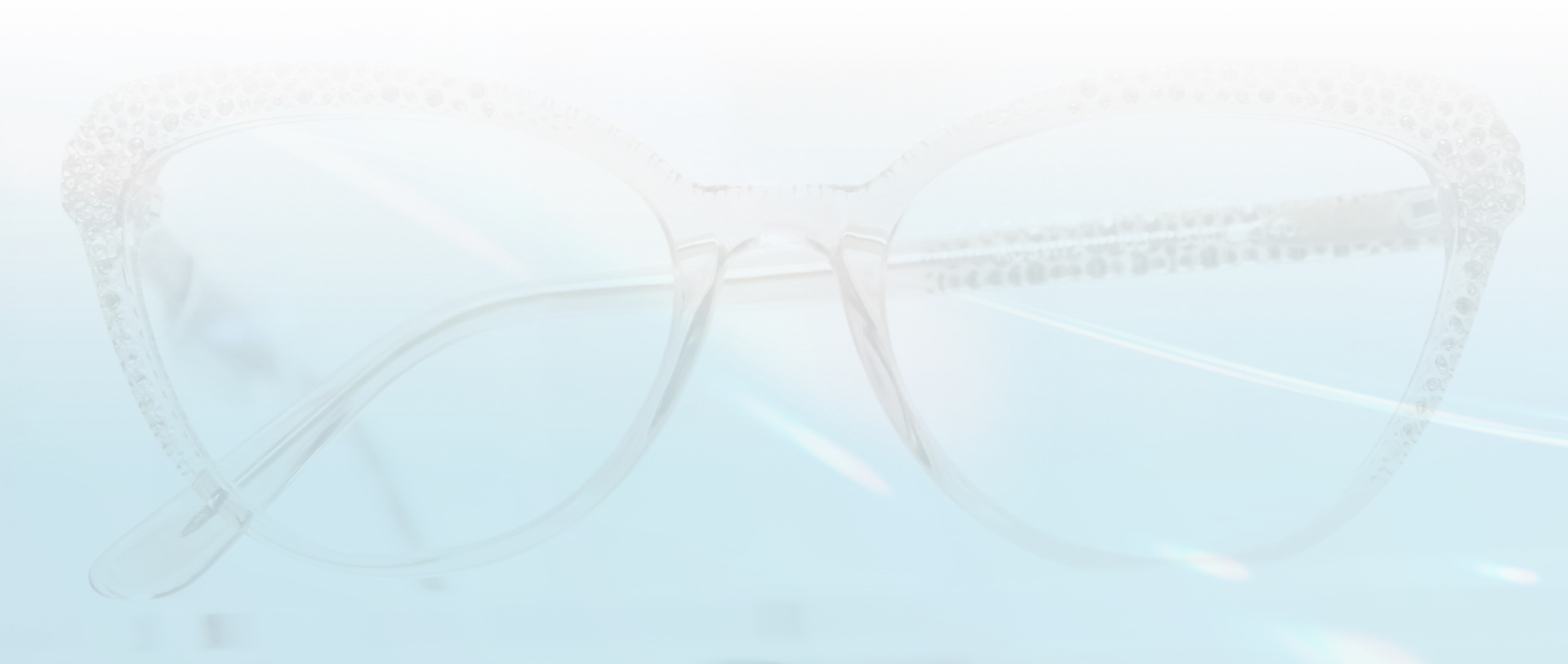You’ve likely heard the terms nearsighted and farsighted, but they can be easy to mix up. Both are common vision conditions called refractive errors, which means your eye isn’t bending light correctly, leading to blurry vision, whether at close range or far away. An optometrist can often identify this kind of refractive error during an eye exam.
The main difference is that myopia blurs your distance vision, while hyperopia typically blurs your near vision. Our family-focused practice can treat both of these with a variety of solutions.
What Is Myopia or Nearsightedness?
Myopia is the medical term for nearsightedness. If you have myopia, you can see objects up close with clarity, but things farther away appear blurry. This happens when the shape of your eye causes light to focus in front of the retina instead of directly on it.
Common Signs of Myopia
The signs of nearsightedness can be noticeable in both children and adults. You or your child might experience:
- Blurry vision when you look at distant objects
- A need to squint to see clearly
- Headaches caused by eye strain
- Difficulty seeing while driving, especially at night
What Is Hyperopia or Farsightedness?
Hyperopia is the medical term for farsightedness. With this condition, you can usually see distant objects well, but your close-up vision is blurry. This occurs when your eye focuses images behind the retina instead of on it.
Common Signs of Hyperopia
Farsightedness can manifest in several ways for you or your family members. These signs often include:
- Blurry vision when you look at close objects
- Eye strain or an achy feeling around the eyes
- Headaches after close-up tasks like reading or computer use
- A need to hold reading material at arm’s length
How Do I Know if I Have Myopia or Hyperopia?
While symptoms offer clues, the only way to know for sure is through a thorough eye exam. A visit to an eye doctor can help determine the exact nature of your vision needs. The exam is simple, comfortable, and provides a clear picture of your eye health.
Diagnosis in Children and Adults
These conditions can be diagnosed at many ages, which is why regular family eye care is so valuable. Hyperopia can be present from birth and may improve as a child grows. Regular check-ups with a trusted eye doctor are important for monitoring your family’s vision as it develops and changes over time.
Vision Correction and Management Options
Once diagnosed, both myopia and hyperopia are commonly corrected with an updated prescription for glasses or contact lenses.
Eyeglasses and Contact Lenses
One of the most common ways to correct refractive errors is with prescription eyeglasses or contact lenses. These tools work by refocusing light onto the retina, clearing your vision. We can help you find a solution that feels comfortable and works for your daily routine.
Progression Management of Myopia
Myopia cannot be reversed. However, its progression can sometimes be managed, especially in children and teenagers. Regular eye exams help monitor these changes and determine an appropriate course of action for your child’s visual needs.

Other Common Refractive Errors
Myopia and hyperopia are just 2 types of refractive errors. It’s possible to have other conditions at the same time that also affect how you see the world. We assess all aspects of your vision during an exam.
Astigmatism
Astigmatism isn’t the same as myopia or hyperopia, but it can occur with either one. It’s caused by an irregular shape of the cornea or lens, which leads to blurry or distorted vision at any distance. An eye doctor can check for all of these during a comprehensive exam.
Presbyopia and Age-Related Changes
As people get older, often after age 40, they may develop presbyopia. This condition makes it difficult to focus on close objects, which sounds a lot like hyperopia. However, presbyopia is caused by the lens inside your eye becoming less flexible with age, which is a natural part of the aging process.
Your Partners in Clear Vision
At McCauley Celin Eyecare Associates, we want to be your partners in eye health and vision care. Our team understands the importance of consistency in eye exams and strives to build a relationship with every person who comes through our doors. We take the time to answer your questions and find solutions that work for you and your family.
Book an appointment with us today and begin your vision care journey in Pittsburgh.














